Ohlson Packaging (United States) - Press Release: As companies start expanding, launch a new product line, or go through other internal changes, they are often faced with the decision on whether to either purchase packaging machinery to manage their products themselves, or turn to a co-packer.
Each side of the discussion has its own positives and negatives, as well as some cost differences.
We worked with Brian Cruce, one of our distributors, to help walk through some of these points in the video.
Key Factors to Evaluate:
Available Space – For many companies, physical space limitations may make it a challenge to bring in packaging equipment for any project. This also is not just an issue for small companies – even large companies may not have the capacity in their facilities to add a new line or may not have the vertical clearance for a new type of machinery. Obviously, if you do not have the space for the machinery, co-packing makes a lot of sense.
Staff Experience and Bandwidth – In addition to the physical space for the equipment, companies also need to determine if they have (or will have) he appropriate staff experience and bandwidth to manage the equipment. Most Ohlson systems are straightforward and operators can be trained up relatively quickly. But if staff cannot keep the machinery running (or filled with product) it won’t generate the optimal returns.
Specialty Machinery Needs? – Another reason co-packing might make more sense is if a certain project requires specialty machinery that the company doesn’t already have and won’t use for other products. This is especially important if it’s a short-term project, or if the product is likely to change in the near future.
Shelf-Life Concerns – If your product has a short shelf-life, packaging the product near the distribution centers might reduce the time it takes for the product to get onto the shelves. For that reason, outsourcing your packaging to regional packing centers might reduce waste.
Product Handling/Breakage – If you still plan to manufacture the raw goods in bulk and ship it to co-packers for packaging, it is important to take product handling and potential breakage into account. It is a challenge we’ve seen with some customers (like Quevos Chips did before turning to us) struggle with, and depending on the product, may make in-house packaging equipment the preferred choice.
Control over Process – Outsourcing the packaging process to a third party (obviously) reduces a company’s control over the process, which may create issues with production. In some cases, the product or packaging process may be complex in some way which makes it difficult to communicate to a third party. For other companies, their supply chains, internal structures, or even the people involved simply make it preferable to maintain everything in-house. And because co-packers are working with multiple companies at any one time, there may be times where turnaround times are impacted by other jobs.
Focus on Packaging Costs:
All the other factors aside, costs are often the determining factor in evaluating a project. In the decision between co-packing and purchasing equipment, it is generally a balance of a larger upfront investment and a higher cost of packaging per container.
Co-packing allows companies to avoid the up-front expense of purchasing equipment, which depending on the company and their ability to get credit may be a significant factor. Over the long term however, the costs of packaging in-house are likely to generate a lower cost per package. The strongest ROI cases can be made for equipment for a strong core product line which is able to utilize a lot of the same packaging machinery.
In Ohlson’s case, we regularly design systems which allow companies to use the same multi-head scale or weighing system for pillow bags, pre-made stand-up pouches, and other primary packaging formats.
In the end, there is no “one answer” to whether co-packing or in-house packaging makes or less sense to a particular company, product type, or industry. Many companies – large and small – leverage both strategies to meet the needs of their customers.
Please reach out to the Ohlson team, and we’ll help you identify the packaging system which makes the most sense for your current and future growth needs.







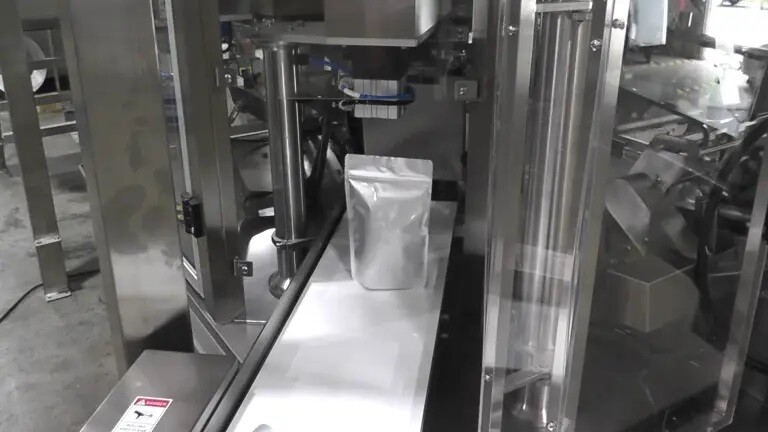







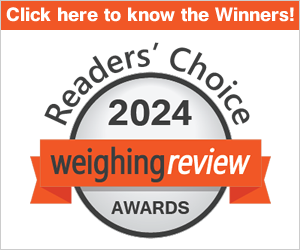


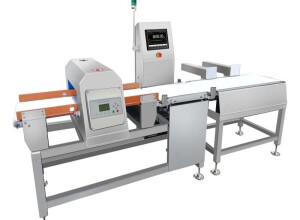
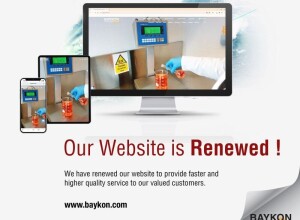
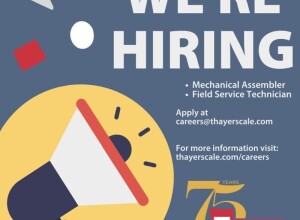




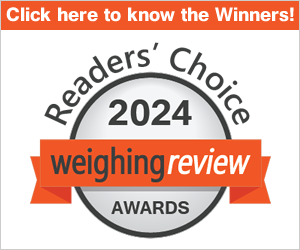



Interested? Submit your enquiry using the form below:
Only available for registered users. Sign In to your account or register here.